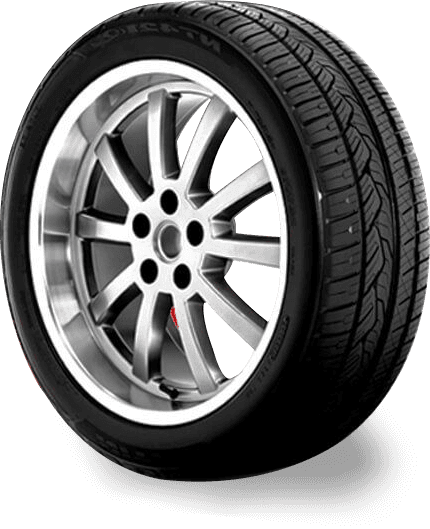
Nov . 16, 2024 10:11
Back to list
صمام منظم ضغط الغاز
Understanding Gas Pressure Regulating Valves
Gas pressure regulating valves play a crucial role in the distribution and management of gas in various applications ranging from residential heating systems to industrial processes. As power sources evolve and the demand for energy efficiency increases, the importance of regulating gas pressure cannot be overstated.
What is a Gas Pressure Regulating Valve?
A gas pressure regulating valve (PRV) is a device designed to control the pressure of gas within a specific system. It ensures that gas is delivered at a consistent pressure, irrespective of fluctuations in the supply pressure or changes in demand. By maintaining this pressure, PRVs help prevent damage to downstream equipment and ensure safety and efficiency in operations.
How Does a Gas Pressure Regulating Valve Work?
At its core, a gas pressure regulating valve operates based on the principles of fluid dynamics and mechanics. The device typically consists of an inlet and outlet, a diaphragm, and a spring mechanism.
1. Inlet and Outlet The gas enters through the inlet side, where the pressure is often much higher than the desired output pressure.
2. Diaphragm Mechanism The diaphragm within the valve senses the outlet pressure. When the pressure exceeds the preset limit, the diaphragm moves, subsequently adjusting the valve's opening.
3. Spring Action A spring opposes the diaphragm’s movement, and its calibration determines the set pressure level. When the outlet pressure drops, the spring pushes the diaphragm back, reopening the valve to maintain the desired pressure level.
This feedback mechanism allows the system to react instantly to changes, ensuring stable and safe operation.
.
Gas PRVs are used in numerous applications across different sectors
صمام منظم ضغط الغاز

- Residential Heating In homes, gas PRVs regulate the pressure of natural gas supplied to appliances such as stoves, heaters, and boilers. By ensuring that gas is delivered at the correct pressure, these valves contribute to the efficiency and safety of household energy use.
- Industrial Processes Many manufacturing processes require precise gas pressures for optimal performance. Gas PRVs are essential to maintain these conditions, from chemical processing to food production, ensuring equipment operates within safe limits.
- Heating, Ventilation, and Air Conditioning (HVAC) In HVAC systems, gas PRVs play a critical role in regulating the pressure of natural gas used for heating purposes. This regulation not only enhances comfort levels but also contributes to energy conservation.
Advantages of Gas Pressure Regulating Valves
The use of gas pressure regulating valves provides several advantages
- Safety By preventing gas pressure from exceeding safe levels, PRVs protect both equipment and personnel from hazardous conditions.
- Efficiency Properly regulated gas pressure enhances the efficiency of gas consumption, leading to lower energy costs and reduced waste.
- Equipment Longevity Equipment subjected to excessive pressures may undergo more wear and tear, leading to frequent repairs or replacements. PRVs help in prolonging the life of appliances and systems.
Conclusion
Gas pressure regulating valves are indispensable components in ensuring the safe and efficient use of gas across various applications. With a basic understanding of how they work and their significance, one can appreciate their vital role in modern energy management. As industries continue to demand greater efficiency and safety standards, the innovations surrounding gas pressure regulation will only become more important.
Investing in high-quality pressure regulating valves, along with regular maintenance and monitoring, can lead to significant benefits, including lower operational costs and enhanced safety. Whether for residential use or industrial applications, understanding the function and importance of gas pressure regulating valves is essential for anyone involved in gas management. Properly maintained, these devices not only protect equipment but also contribute to a more sustainable and energy-conscious world.
Latest news
-
Safety Valve Spring-Loaded Design Overpressure ProtectionNewsJul.25,2025
-
Precision Voltage Regulator AC5 Accuracy Grade PerformanceNewsJul.25,2025
-
Natural Gas Pressure Regulating Skid Industrial Pipeline ApplicationsNewsJul.25,2025
-
Natural Gas Filter Stainless Steel Mesh Element DesignNewsJul.25,2025
-
Gas Pressure Regulator Valve Direct-Acting Spring-Loaded DesignNewsJul.25,2025
-
Decompression Equipment Multi-Stage Heat Exchange System DesignNewsJul.25,2025

